
News Directory
- 1. Introduction
- 2. What are Spherical Roller Bearings?
- 3. Types of Spherical Roller Bearings
- 4. Advantages of Spherical Roller Bearings
- 5. Applications of Spherical Roller Bearings
- 6. Installation and Maintenance
- 7. Selecting the Right Spherical Roller Bearing
- 8. Innovations in Spherical Roller Bearing Technology
- Conclusion
Spherical Roller Bearings: A Comprehensive Guide
1. Introduction
Brief overview of spherical roller bearings and their importance in various industries.
Spherical roller bearings (SRBs) are a fundamental component in rotary machinery across countless industries, serving as the unsung heroes that enable motion under the harshest conditions. Unlike other rolling element bearings, SRBs are uniquely designed to accommodate heavy loads while simultaneously tolerating angular misalignment of the shaft relative to the housing.
Their internal design features two rows of barrel-shaped spherical rollers operating within a common, spherical outer ring raceway. This allows the inner ring and roller assembly to “float” or pivot freely, compensating for shaft deflection or installation errors without generating internal stresses that lead to premature failure.
The importance of these bearings cannot be overstated. From the massive continuous operations in mining and cement production to the precision required in modern wind turbines, SRBs ensure reliable, continuous operation, minimizing downtime and maximizing productivity.
Why spherical roller bearings are essential for heavy-duty applications.
Heavy-duty applications are characterized by a combination of challenging factors: high radial loads, significant axial loads, potential shaft deflection, and frequent exposure to vibration or shock loads. Standard bearing types often fail quickly under these combined stresses.
Spherical roller bearings are essential for these demanding environments due to two primary features:
- Exceptional Load Capacity: The large, symmetrical rollers and the geometry of the raceways provide a massive contact area, allowing them to support significantly higher static and dynamic loads compared to deep groove ball bearings or even cylindrical roller bearings of the same size.
- Self-Alignment Capability: This is arguably their most critical feature. In heavy machinery, perfect alignment is difficult to achieve and maintain due to structure elasticity, thermal expansion, and assembly tolerances. SRBs can typically handle misalignment up to 1.5 to 2.5, which prevents bearing seizing and catastrophic failure.
SRBs are the optimal choice where a high load capacity and the ability to operate reliably despite misalignment are non-negotiable requirements.
Comparison with Other Common Roller Bearings
To illustrate their value in heavy-duty contexts, here is a comparison highlighting the key attributes of Spherical Roller Bearings against other common roller bearing types:
| Bearing Type | Primary Load Direction | Misalignment Capability | Relative Load Capacity | Typical Applications |
|---|---|---|---|---|
| Spherical Roller | High Radial & Moderate Axial | Excellent (Self-Aligning) | Very High | Conveyors, Crushers, Wind Turbines |
| Cylindrical Roller | High Radial Only | Very Limited | High | Gearboxes, Electric Motors |
| Tapered Roller | High Radial & High Axial | Limited | High | Automotive Wheels, Machine Tool Spindles |
2. What are Spherical Roller Bearings?
Definition and basic construction of spherical roller bearings.
A Spherical Roller Bearing (SRB) is a rolling-element bearing that functions using barrel-shaped rollers in two rows, running on a common, concave spherical outer ring raceway and two inner ring raceways. This unique internal geometry is the core of its defining characteristic: the self-aligning capability.
The design allows the inner ring assembly (including the rollers and cage) to swivel freely within the outer ring, effectively compensating for angular misalignment between the shaft and the housing. SRBs are specifically engineered for applications that require high radial load capacity, moderate axial load capacity, and immunity to alignment issues caused by manufacturing tolerances, mounting errors, or shaft deflection under load.
Key components: inner ring, outer ring, spherical rollers, and cage.
Spherical roller bearings consist of four essential components that work in synergy to handle heavy loads and misalignment:
- Outer Ring: Features a single, continuous, concave spherical raceway. This allows the inner assembly to tilt or pivot, providing the self-aligning feature.
- Inner Ring: Features two raceways separated by a center rib. These raceways guide and support the two rows of rollers. The design of this ring is crucial for determining the load capacity and speed limits of the bearing.
- Spherical Rollers: These are the rolling elements, typically symmetrical and barrel-shaped. They are arranged in two distinct rows and provide a large contact area with the inner and outer ring raceways, which enables the bearing’s exceptional load-carrying ability.
- Cage: The cage’s primary function is to maintain the correct spacing between the rollers and guide them during rotation. It also prevents the rollers from falling out during mounting and facilitates proper lubrication distribution. Cages are commonly made from stamped steel, machined brass, or high-strength polyamide, depending on the application’s speed, vibration, and temperature requirements.
How they differ from other types of roller bearings (e.g., cylindrical, tapered).
SRBs are differentiated from other roller bearing types primarily by their geometric design and the resulting performance characteristics:
| Feature | Spherical Roller Bearing (SRB) | Cylindrical Roller Bearing (CRB) | Tapered Roller Bearing (TRB) |
|---|---|---|---|
| Roller Shape | Symmetrical, Barrel-shaped | Straight, Cylindrical | Conical (Tapered) |
| Outer Raceways | Single, Spherical (Concave) | Straight, Cylindrical | Conical (Tapered) |
| Misalignment Comp. | High/Excellent (Self-Aligning) | None/Very Limited | Limited |
| Radial Load Capacity | Very High | High | High |
| Axial Load Capacity | Moderate (Bi-directional) | None (Requires a separate thrust bearing) | High (Uni-directional, typically) |
| Principle Use | Heavy load, Misaligned shafts | Pure radial load, High speed | Combined loads, High rigidity |
The self-aligning feature of the SRB is the key difference, allowing it to operate successfully where CRBs and TRBs would experience high internal stresses and fail rapidly due to inevitable misalignment.
3. Types of Spherical Roller Bearings
Spherical roller bearings are categorized based on their internal construction, specifically the cage material and the number of roller rows. The specific type chosen for an application depends heavily on the operating conditions, including speed, temperature, vibration levels, and required maintenance intervals.
Based on Cage Design
The cage is a critical component that affects the bearing’s permissible speed and operational stability, especially under high vibration or rapid acceleration.
- Machined Brass Cage (M/MB):
- Advantages: Offers superior strength, durability, and resistance to wear, making them ideal for high-temperature operations, high-vibration environments, and applications requiring robust bearing integrity. They also have good resistance to certain chemicals.
- Disadvantages: Typically more expensive and have a slightly heavier rotating mass compared to other cages.
- Steel Cage (J/C):
- Advantages: Cost-effective and widely available. Stamped steel cages are lightweight and suitable for most standard industrial applications and higher-speed operations where the operating conditions are not excessively harsh.
- Disadvantages: Less resistant to shock loads and high temperatures than brass cages.
- Polyamide Cage ( P ):
- Advantages: Extremely lightweight, resulting in very low inertia. This makes them excellent for high-speed applications where friction and heat generation must be minimized. They are also corrosion-resistant.
- Disadvantages: Limited by temperature (usually restricted to operations below 120 or 250 and can be susceptible to damage from certain aggressive lubricating agents or solvents.
Based on Roller Rows
SRBs are primarily designed with two rows, but single-row variants exist for specialized purposes.
- Single Row Spherical Roller Bearings (Less Common, Specific Applications):
- While less common than their double-row counterparts, single-row designs are used in specific applications where the axial load component is minimal, or a more compact design is required.
- They still offer self-alignment but typically have a lower overall load capacity than the double-row design.
- Double Row Spherical Roller Bearings (Most Common Type):
- This is the standard and most widely used configuration.
- The two rows of rollers significantly increase the radial load capacity and provide a balanced distribution of axial load in both directions.
- Their robust design is the foundation for their use in heavy-duty machinery where combined loads and alignment issues are prevalent.
Sealed vs. Open Spherical Roller Bearings
The distinction between sealed and open bearings revolves around maintenance and environmental protection.
- Open Spherical Roller Bearings:
- Advantages: Allows for relubrication (if required) and generally accommodates higher speeds due to less friction from the seals. They are essential in applications where the bearing must be lubricated by the machine’s central lubrication system (oil bath or circulating oil).
- Disadvantages: Requires external sealing elements in the machine housing and is susceptible to contamination from dust, water, or debris, which can drastically reduce bearing life.
- Sealed Spherical Roller Bearings:
- Advantages: Pre-lubricated with a precisely measured amount of grease and equipped with contact or non-contact seals. This protects the internal components from contaminants and retains the lubricant, leading to a “fit and forget” solution that reduces maintenance costs and time.
- Disadvantages: The maximum operating temperature and speed are often lower than open types due to the heat generated by the seals’ friction. Relubrication is often difficult or impossible once installed.
4. Advantages of Spherical Roller Bearings
Spherical roller bearings (SRBs) are highly valued in industrial engineering due to their robust design, which grants them distinct performance advantages over many other bearing types, particularly in heavy-duty environments.
Misalignment Compensation
The ability to handle misalignment is the signature feature of the SRB design.
- Ability to handle angular misalignment between shaft and housing: SRBs are inherently self-aligning. Their design, featuring two rows of rollers running on a single spherical outer ring raceway, allows the inner ring and roller assembly to swivel or pivot freely. This internal feature compensates for static or dynamic angular misalignment. Typical misalignment capacity ranges from 1.5 degrees to 2.5 degrees, depending on the specific bearing series and load conditions.
- Why this is crucial in heavy machinery: Perfect alignment is nearly impossible to maintain in heavy, large-scale equipment. Misalignment can arise from:
- Installation errors (e.g., shafts not perfectly parallel).
- Shaft deflection under extreme loads.
- Distortion of the machine housing or base frame due to uneven surfaces or thermal expansion.
If a non-self-aligning bearing is subjected to misalignment, internal stresses concentrate on the roller edges, leading to rapid wear and premature bearing failure. SRBs eliminate these harmful internal stresses, drastically improving service life and reliability.
High Load Capacity
SRBs are designed to carry some of the heaviest loads in industrial applications.
- Capable of supporting heavy radial and axial loads: SRBs utilize a large number of long, symmetrical rollers, which provide a significantly greater effective contact area between the rollers and raceways. This enables them to withstand exceptionally high radial loads and moderate bi-directional axial loads.
- Explanation of load ratings (dynamic and static):
- Dynamic Load Rating: This rating determines the bearing’s expected fatigue life under fluctuating or rotating loads. A high dynamic rating indicates the bearing can carry heavy loads for a long period of service.
- Static Load Rating: This rating is the maximum load the bearing can withstand while stationary before permanent plastic deformation occurs on the rolling surfaces. A high static rating is crucial for applications involving significant shock loads or very slow oscillations.
Durability and Long Service Life
The robust nature of SRBs translates directly into extended operational life.
- Robust construction and materials: SRBs are manufactured from high-quality, high-purity bearing steel, often enhanced with heat treatment processes. The robust design of the cage and the large cross-section of the rollers ensure mechanical stability and resistance to heavy shock loads and vibration.
- Factors affecting bearing life: The calculated rating life is governed by the basic dynamic load rating and the applied equivalent dynamic load. Key operational factors that maximize service life include:
- Proper lubrication (correct type and quantity).
- Effective sealing (preventing contaminant ingress).
- Maintaining operating temperatures within the design limits.
Reduced Friction
Optimized design has led to improved operating efficiency.
- Optimized roller and raceway design: Modern SRBs feature optimized roller profiles and internal guiding surfaces to ensure the rollers enter and exit the load zone efficiently and track smoothly. This optimization minimizes sliding friction between the roller ends and the inner ring ribs.
- Benefits of lower friction: Reduced friction leads to several operational advantages:
- Lower operating temperature: Less heat generation means the lubricant lasts longer and the risk of thermal damage is reduced.
- Reduced power consumption: The machine requires less energy to overcome internal resistance.
- Higher permissible speeds for a given load.
5. Applications of Spherical Roller Bearings
The unique combination of high load capacity and self-aligning capability makes spherical roller bearings (SRBs) indispensable in heavy industrial sectors where machinery operates under severe stress, vibration, and potential misalignment.
Heavy Machinery
SRBs are the preferred choice for machinery that must withstand continuous, high-impact operation in challenging environments.
- Examples: construction equipment, mining machinery, agricultural machinery:
- Mining Machinery: Used extensively in crushers, large vibrating screens, and conveyor pulleys. These applications involve extreme shock loads, heavy dust contamination, and frequent misalignment, all conditions where the SRB’s resilience is essential.
- Construction Equipment: Found in the main rotating elements of heavy-duty excavators and road rollers (compactors), ensuring reliable power transmission despite uneven terrain and dynamic forces.
- Agricultural Machinery: Applied in heavy harvesters and tractors where the shafts are often subjected to contamination, moisture, and high loads from rough field conditions.
Industrial Gearboxes
SRBs play a crucial role in maintaining the integrity and efficiency of power transmission systems.
- Supporting shafts and gears in gearboxes: Gearboxes in industrial mixers, extruders, and production lines often transmit massive torque and power, resulting in heavy loads on the shaft supports. SRBs are used to support the intermediate and output shafts, absorbing these substantial radial forces while handling the slight deflection that can occur within the gear casing.
Wind Turbines
In the renewable energy sector, SRBs are critical for energy generation reliability.
- Main rotor shaft bearings: This is one of the most demanding applications for any bearing. The main shaft of a large wind turbine is subjected to immense, constantly changing forces (thrust, torque, and bending moments) from the wind. A large double-row spherical roller bearing is typically used to support the main rotor shaft, ensuring long-term reliability under these variable, high-fatigue loads.
Continuous Casting Machines
In the steel production industry, bearings must operate in high-temperature, wet, and contaminated environments.
- Supporting rollers in steel production: Continuous casting involves passing molten or semi-molten steel through long lines of support rollers. The SRBs supporting these rollers must operate reliably at high temperatures while being exposed to cooling water, scale, and steam. Their robust sealing and ability to handle both load and thermal expansion are vital here.
Pulp and Paper Industry
The industry relies on heavy, fast-moving machinery that requires dependable bearing solutions.
- Paper mill machinery: SRBs are commonly used in the wet press section and the dryer section of paper machines. The dryer section, in particular, requires bearings capable of operating reliably at extremely high temperatures and high speeds, supporting massive drying cylinders.
6. Installation and Maintenance
Proper installation and rigorous maintenance protocols are crucial for maximizing the service life and achieving the high performance standards inherent to spherical roller bearings. Errors in these areas are the leading cause of premature bearing failure.
Proper Installation Techniques
Correct mounting ensures the bearing operates as intended, without initial internal stress or damage.
- Shaft and housing preparation: Before installation, both the shaft journal and the housing bore must be meticulously cleaned and checked for dimensional accuracy, straightness, and surface finish. Any burrs, nicks, or foreign particles can compromise the fit and lead to early wear.
- Mounting methods (hydraulic, thermal, mechanical): SRBs often require an interference fit (a tight fit) to the shaft to prevent creeping. The three main methods for mounting are:
- Hydraulic Mounting: The preferred method for large bearings. Oil injection is used to create an oil film between the bore and the shaft, which temporarily expands the bearing bore, allowing it to slide into position easily.
- Thermal Mounting: The bearing is heated (using induction heaters or oil baths) to expand its inner ring, allowing it to be slipped onto the shaft. Care must be taken not to exceed recommended maximum temperatures to prevent metallurgical damage or cage distortion.
- Mechanical Mounting: Used primarily for smaller bearings, involving the use of mounting sleeves, nuts, and specific tools to drive the bearing onto the shaft or into the housing.
- Importance of correct fit: Achieving the correct internal clearance and ensuring the bearing is mounted with the proper interference fit are paramount. Incorrect fit can lead to either excessive load on the rolling elements (too tight) or slippage/wear on the shaft (too loose).
Lubrication
Lubrication separates the rolling elements and raceways, preventing metal-to-metal contact and minimizing friction and heat.
- Selecting the right lubricant (grease or oil): The choice depends on the operating environment, speed, and temperature:
- Grease: Most common. A general-purpose lithium-based grease is standard, but specialized greases (e.g., polyurea, calcium sulfonate) are used for high temperature, extreme pressure, or high-speed applications.
- Oil: Preferred for very high speeds, high temperatures, or in large machinery where the bearing is integrated into a circulating oil system that also cools and filters the oil.
- Lubrication intervals and methods: A lubrication schedule must be established based on the operating temperature, speed (RPM), and the size of the bearing. Relubrication (adding fresh lubricant) must happen before the existing lubricant degrades. For grease, modern practice involves calculating the lubrication quantity and interval, often using automatic lubrication systems.
Condition Monitoring
Systematic monitoring detects early signs of distress, preventing catastrophic failure and allowing for planned maintenance.
- Vibration analysis: A key diagnostic tool. Excessive or changing vibration patterns are often the first sign of defects (e.g., raceway damage, roller damage, or cage wear). By analyzing the frequency spectrum, the specific damaged component can often be identified.
- Temperature monitoring: High or rapidly increasing operating temperatures indicate excessive friction, which is commonly caused by improper lubrication, overloading, or incorrect internal clearance. Continuous temperature sensors are often used in critical equipment.
- Oil analysis (if applicable): In oil-lubricated systems, periodically analyzing the oil for contaminants, water content, and metallic wear particles (ferrography) provides insights into the bearing’s health and the lubricant’s condition.
Troubleshooting Common Problems
Identifying and addressing issues quickly prevents severe damage and unplanned downtime.
- Premature bearing failure: Often caused by improper mounting (leading to overload), contamination (causing surface fatigue/pitting), or insufficient lubrication (leading to wear and overheating).
- Noise and vibration issues: These can stem from minor faults, such as a small nick on a raceway, false brinelling (damage caused by vibration when stationary), or simply an issue with the lubricant film.
- Causes and solutions: Effective troubleshooting requires data from condition monitoring. For example, if high heat is detected, the solution may be as simple as adding lubricant; if excessive vibration is detected at a specific frequency, the solution may be to replace a damaged bearing.
7. Selecting the Right Spherical Roller Bearing
Selecting the appropriate spherical roller bearing (SRB) is a critical engineering process that directly influences the reliability, efficiency, and longevity of the machine. The selection must be based on a thorough analysis of all operating and environmental conditions.
Load Requirements
The bearing must be capable of sustaining the combined forces it will encounter without experiencing premature fatigue or deformation.
- Determining radial and axial loads: The first step is to accurately calculate the radial load (perpendicular to the shaft) and the axial load (parallel to the shaft) acting on the bearing. These forces can be constant or dynamic (fluctuating).
- Calculating equivalent bearing load: Since SRBs typically handle both radial and axial loads simultaneously, a single value called the equivalent dynamic bearing load must be determined. This value is used in conjunction with the bearing’s Basic Dynamic Load Rating to calculate the theoretical service life.
Speed Requirements
Speed influences both friction and lubrication needs.
- Considering operating speed and its effect on bearing life: The continuous rotational speed (RPM) dictates the level of friction, operating temperature, and the necessary lubrication method (grease vs. oil). Every bearing has a limiting speed (based on mechanical limits) and a reference speed (used for thermal calculations). Operating close to the limiting speed requires high-precision cages and effective cooling.
Operating Temperature
Temperature is a primary factor affecting material strength and lubricant integrity.
- Selecting bearings suitable for the operating temperature range: High temperatures can reduce the hardness and load-carrying capacity of the bearing steel. For sustained high-temperature operations, bearings may require special heat stabilization to ensure dimensional stability. Furthermore, the maximum operating temperature often dictates the selection of the cage material (brass or steel over polyamide) and the type of lubricant used.
Misalignment
This requirement dictates the choice of the spherical roller bearing itself over other bearing types.
- Determining the amount of misalignment the bearing needs to accommodate: Although SRBs are self-aligning, their capacity is finite. The maximum expected angular deviation due to shaft deflection or housing imperfections must be quantified. If the required compensation exceeds the bearing’s capability, a redesign of the shaft or housing system may be necessary.
Bearing Size and Dimensions
Physical fit within the machine is paramount.
- Selecting the appropriate size based on shaft and housing dimensions: The bearing’s inner diameter must match the shaft size, and the outer diameter and width must fit the housing bore. Standardized series (e.g., 222, 232) define the size and load-carrying capacity relative to the bore dimension, allowing engineers to choose the appropriate dimensional series for the available space and required load.
Cage Material
The cage material choice affects reliability in specialized conditions.
- The final selection of the cage (machined brass, stamped steel, or polyamide) is based on the specific requirements for speed, temperature stability, and resistance to high-frequency vibration or shock loads, as detailed in Section 3. Machined brass is often preferred for large, critical applications under severe vibration, while polyamide excels in high-speed, lower-temperature environments.
8. Innovations in Spherical Roller Bearing Technology
The spherical roller bearing (SRB) market is continuously evolving, driven by the demand for higher energy efficiency, extended service life, and smarter machine monitoring in increasingly challenging industrial environments. Custom manufacturers are at the forefront of these innovations.
Advanced Materials
Improvements in material science are pushing the limits of bearing performance, especially in high-stress and high-temperature applications.
- High-Purity Steels: Manufacturers now utilize cleaner, higher-purity steels for bearing rings and rollers. Reduced inclusion content minimizes defects, significantly increasing the material’s fatigue life and making the bearings more resistant to surface-originated failures.
- Special Surface Treatments and Coatings: Coatings, such as black oxide or dense chrome plating, are applied to the bearing surfaces. These treatments offer enhanced resistance to corrosion, sliding wear, and the effects of high-temperature lubricant degradation, which is common in wind turbine gearboxes and continuous casting rollers.
- Ceramic Components: While not fully ceramic, hybrid bearings featuring silicon nitride balls or rollers are occasionally used in extremely high-speed applications or where electrical isolation is required, as they offer lower density and superior thermal stability.
Improved Sealing Solutions
Seals are critical for keeping contaminants out and lubricant in, directly impacting the bearing’s service life, especially in dusty or wet environments.
- Low-Friction Contact Seals: Modern sealed SRBs feature redesigned contact seals that minimize the friction and resulting heat generation, allowing them to operate at higher speeds than older sealed designs.
- Integrated Multi-Lip Seals: These seals are designed with multiple lips and labyrinth paths to provide superior exclusion of fine dust and moisture, making the sealed SRB a viable, maintenance-free option for applications previously requiring open bearings with external seals.
- Advanced Retention Grooves: The design of the seal retention groove within the outer ring is optimized to ensure the seal remains securely in place even under high vibration and temperature fluctuations.
Integrated Sensors
The integration of smart technology is transforming bearing maintenance from reactive to predictive.
- Integrated Condition Monitoring: Some advanced SRBs are now available with embedded micro-sensors that can continuously measure key operational parameters, such as temperature and vibration.
- Data Transmission: This real-time data can be transmitted wirelessly or via hardwire to a machine’s supervisory system. This allows operators to immediately detect the onset of a defect, proactively schedule maintenance, and avoid catastrophic machine downtime.
- Smart Lubrication Management: Sensors can also be used to monitor the quality and quantity of the lubricant, signaling the exact moment for relubrication, thereby optimizing maintenance intervals and reducing lubricant waste.
Conclusion
Recap of the key benefits and applications of spherical roller bearings.
Spherical roller bearings (SRBs) stand out as the high-performance workhorses of industrial machinery. Their ability to manage exceptionally heavy radial and axial loads simultaneously, coupled with their unique self-aligning capability (compensating for shaft misalignment), makes them essential for reliable operation in severe-duty applications. They are critical components in industries ranging from mining, construction, and pulp & paper to wind energy and heavy industrial gearboxes.
Emphasis on the importance of proper selection, installation, and maintenance.
Achieving the expected service life and performance of a spherical roller bearing is a function not only of its quality design but also of diligent engineering practice. Proper selection based on accurate load, speed, and temperature analysis is paramount. This must be followed by correct installation techniques—particularly achieving the right fit and alignment—and disciplined ongoing maintenance, especially through optimal lubrication and proactive condition monitoring. Adherence to these steps ensures that the bearing delivers its full potential, guaranteeing machine uptime and operational efficiency.



 English
English 中文简体
中文简体 عربى
عربى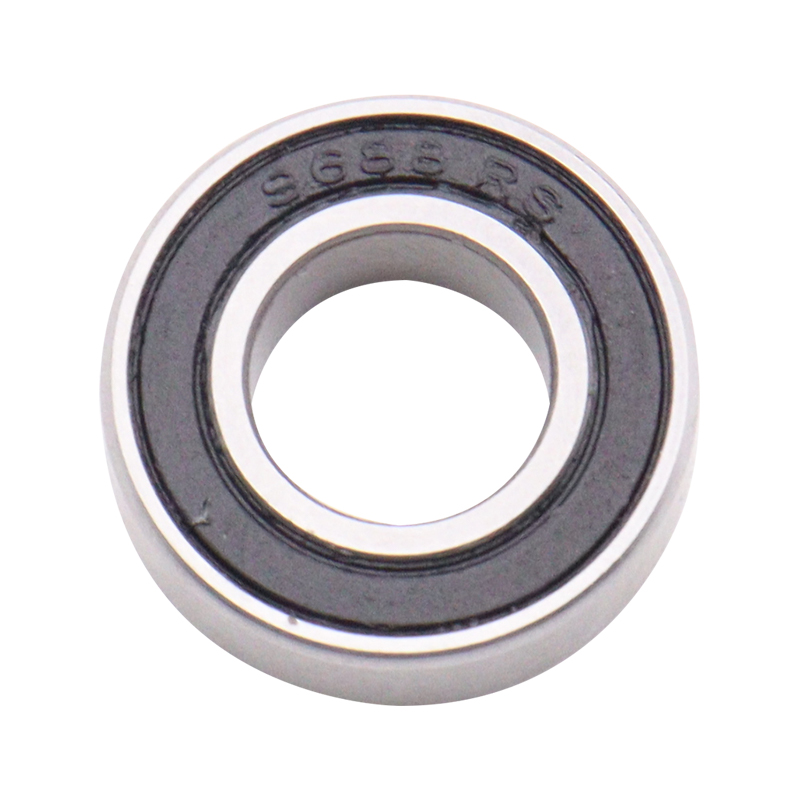
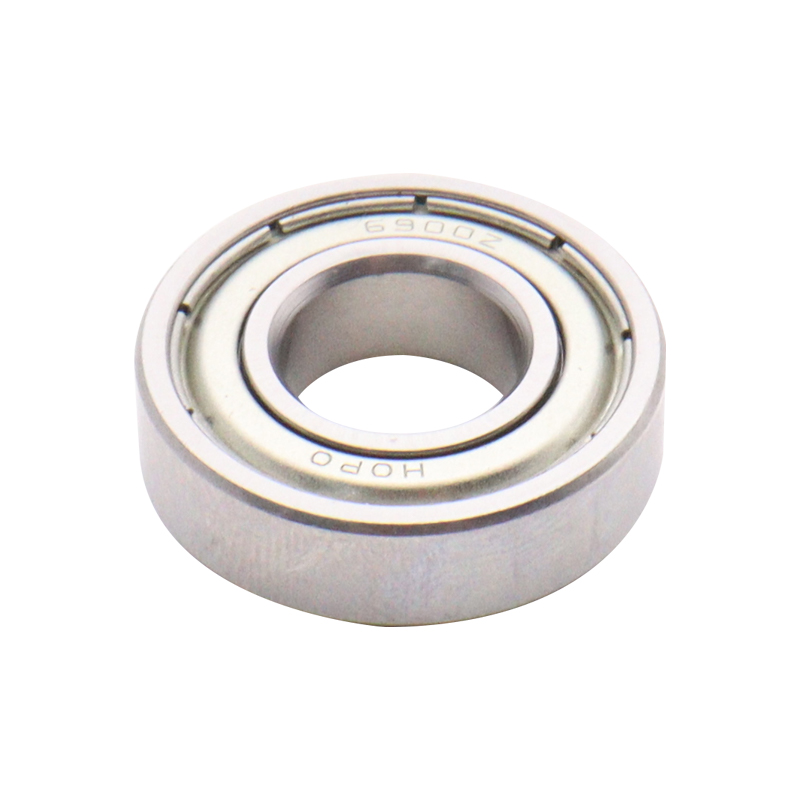
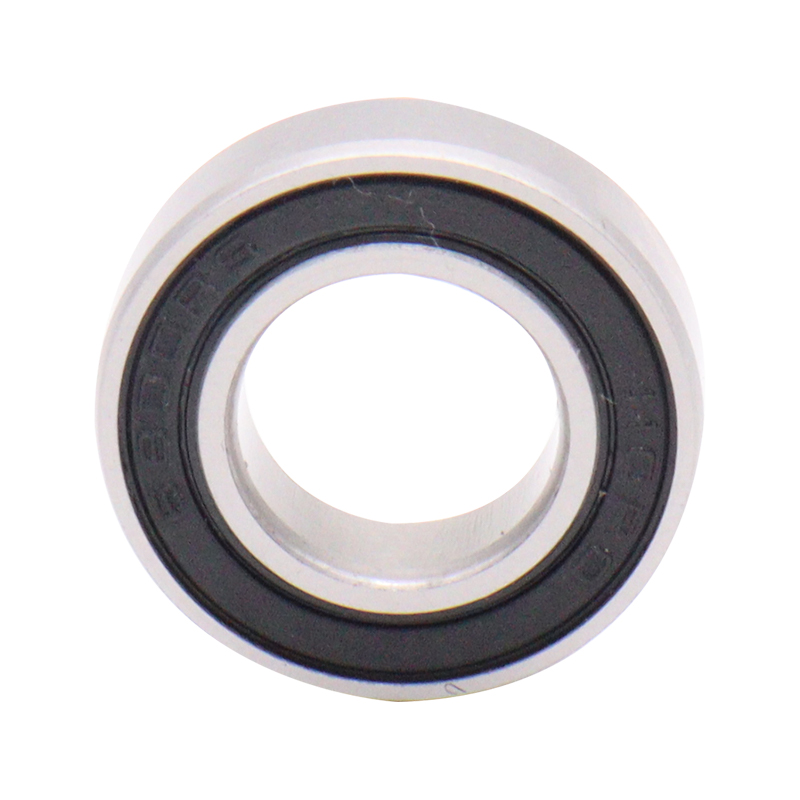

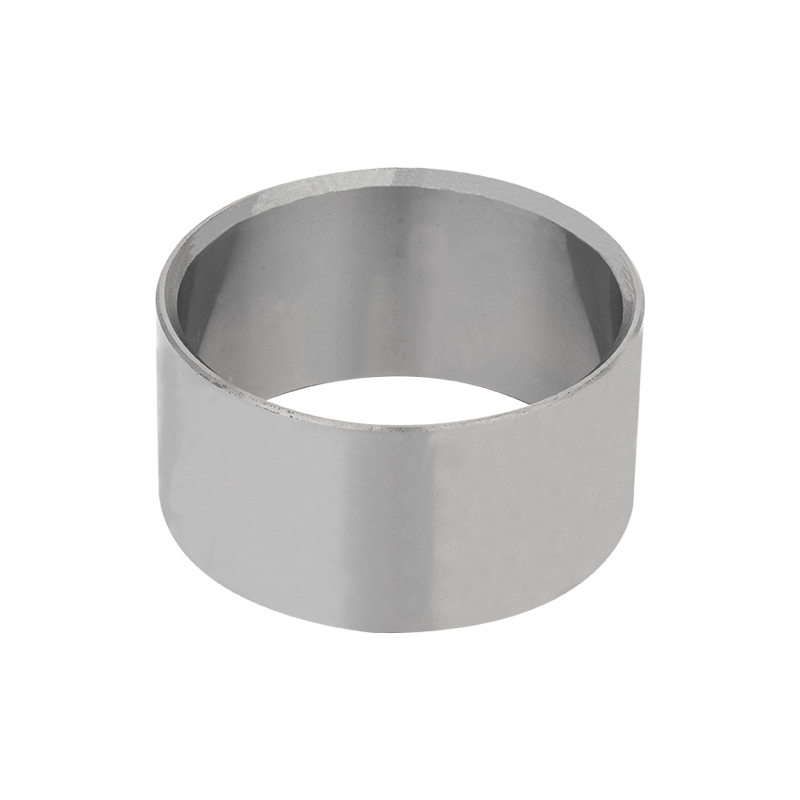


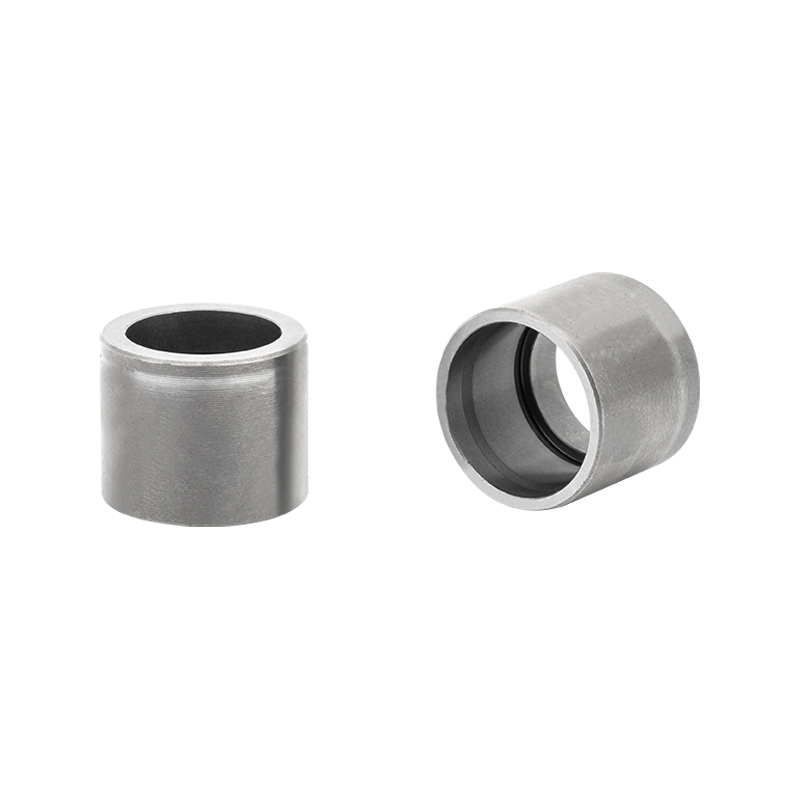
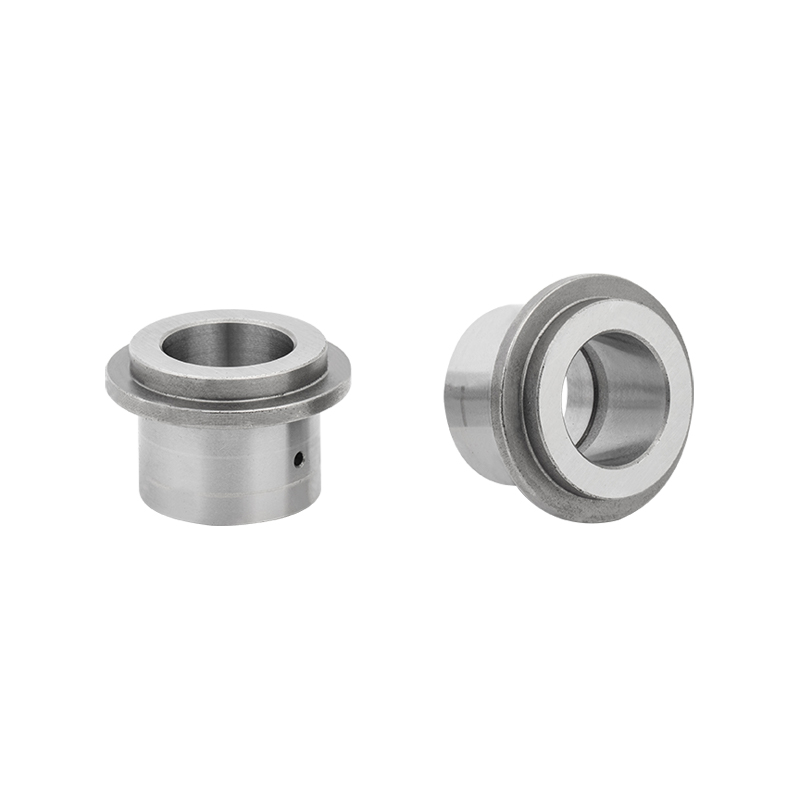

 Download Catalog
Download Catalog
